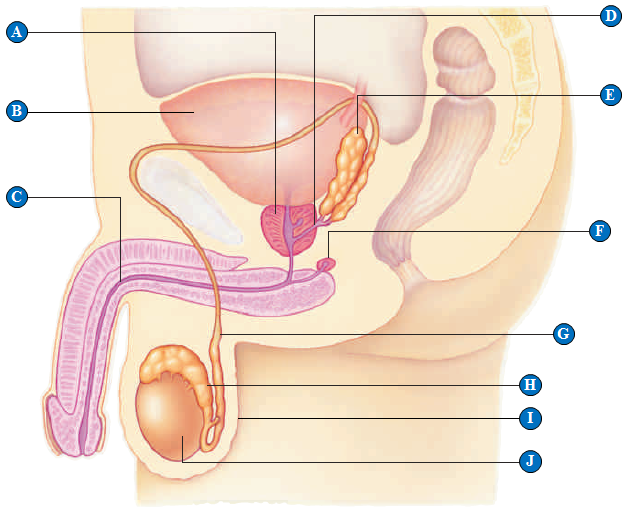You discover that the underlying cause of a disease is a protein that is now less stable than the non-disease-causing version of the protein. This change is most likely to be due to ________
(a) a mutation within a gene.
(b) a mutation within the regulatory DNA of a gene.
(c) gene duplication.
(d) horizontal gene transfer.
(a)
You might also like to view...
A researcher is comparing atmospheric CO2 levels in Earth's northern and southern hemispheres during June-August. As more terrestrial plants are present in the northern hemisphere, what do you expect she will find?
A. Atmospheric CO2 measurements will be greater in the northern hemisphere. B. Atmospheric CO2 measurements will be greater in the southern hemisphere. C. As atmospheric CO2 measurements represent global amounts, measurements in the northern and southern hemispheres will be (approximately) the same.
The process in which bacteria with the ability to detoxify certain pollutants are released in a particular area is known as
A) bioremediation. B) gene silencing. C) gene expression profiling. D) enzyme restriction.

A. Prostate gland B. Urinary bladder C. Urethra D. Ejaculatory duct E. Seminal vesicle F. Bulbourethral gland G. Vas deferens H. Epididymis I. Scrotum J. Testis
Koch's postulates were used to demonstrate the relationship between
A. HIV and AIDS. B. Mycobacterium leprae and leprosy. C. liver parasites and liver cancer. D. Haemophilus influenzae and meningitis. E. Haemophilus influenzae and the flu.